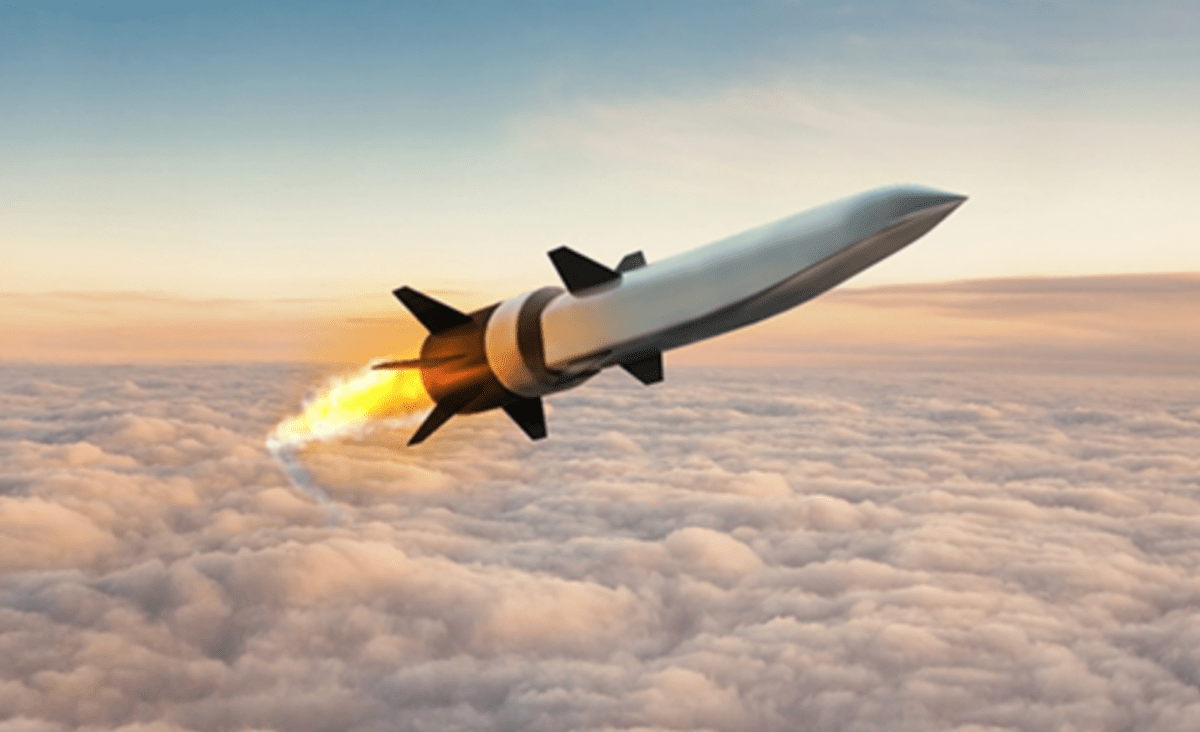
interestingengineering.com
US Military Successfully Tests Its Hypersonic Cruise Missile
DARPA has been working on hypersonic cruise missiles for a few years now. Its efforts have yielded dividends after the cruise missile was tested successfully.
Science & Tech
The U.S. military moves a step closer to acquiring an air-launched hypersonic cruise missile after Defense Advanced Research Projects Agency (DARPA) successfully carried out the free-flight test of the Hypersonic Air-breathing Weapon Concept (HAWC) in partnership with the U.S. Air Force, a press release said.
Hypersonic missiles are the new battleground for the U.S. and its adversaries. In July this year, Russia claimed to have successfully tested its hypersonic cruise missile, Tsirkon. The U.S. military is working on multiple hypersonic missiles after dropping plans of electrically powered weapons, earlier this year. The hypersonic cruise missile relies on an air-breathing engine to propel it to speeds greater than Mach 5 (five times the speed of sound).
DARPA's free-flight test featured the hypersonic cruise missile developed by Raytheon Technologies that was released from an unnamed aircraft. The missile was accelerated to supersonic speeds by its solid rocket motor, Business Insider reported. Later the scramjet engine developed by Northrop Grumman kicked in and took the missile to speeds beyond Mach 5. To do so, the scramjet (supersonic combustion ramjet) engine compresses the incoming air and mixes it with hydrocarbon fuel before igniting this airflow mixture leading to high propulsion speeds, the press release said.
DARPA listed multiple mission objectives for this flight such as vehicle integration and release sequence, safe separation from the launch aircraft, booster ignition and boost, booster separation and engine ignition, and cruise and confirmed that all were met. The U.S. Air Force's hypersonic missile, Air-launched Rapid Response Weapon (ARRW) has failed twice to demonstrate these essential parameters for an air-launched weapon.
DARPA said that the HWAC performs best in an oxygen-rich atmosphere where its maneuverability and high speed could make it practically undetectable. Its hypersonic speed also makes it an effective kinetic weapon even without high explosives.
Reuters reported that this is the first test of a weapon in this class since 2013. “HAWC’s successful free-flight test is the culmination of years of successful government and industry partnership, where a single, purpose-driven team accomplished an extremely challenging goal through intense collaboration,” said Andrew Knoedler, HAWC program manager at DARPA. "This brings us one step closer to transitioning HAWC to a program of record that offers the next-generation capability to the U.S military." There is no set target date set for this transition yet.
























































